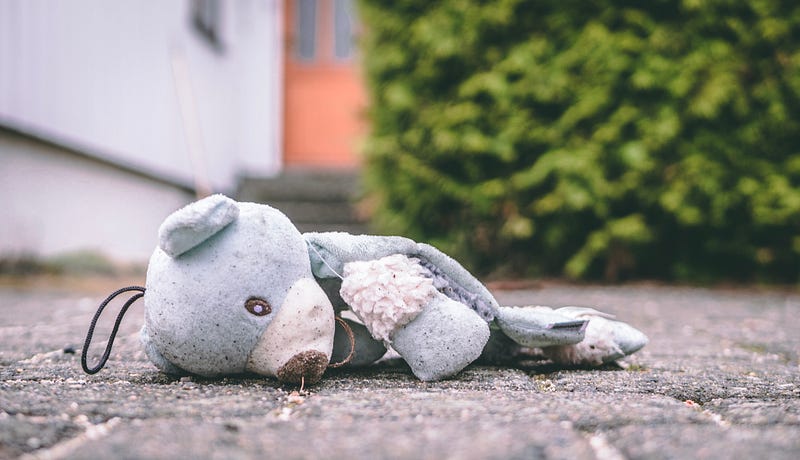The fine art of stumbling and fumbling your way into greatness

I was raised — as I suspect many of us were — to believe in the idea of the straight and narrow. Go to school every day, do your homework, go to college, follow the rules, play it safe, work hard, and eventually success will come.
It didn’t quite work that way for me. In fact, if it works that way for anyone, it would be the exception, rather than the rule.
The rule is that the straight and narrow is usually neither straight nor narrow. And inasmuch as the path actually ends up being either straight or narrow, it rarely leads anywhere worth going.
Your Pain is a Gift, if You Accept It
The path that most of us end up on snakes around, breaks off, returns back, has fallen trees on it, and seems to end, yet pick back up again later. And as if that weren’t enough, most of that path hasn’t been prepared beforehand; we have to make it ourselves.
But for those of us who have experienced that journey, and gotten through to the other side, would you have wanted it any other way?
I used to view stumbling as ignoble, but it’s actually one of the most noble things there is. When we stumble, we’re given the chance to recover. When we fall, we’re given the chance to get back up. And getting back up is about the best work we can do. I’ve learned more from stumbling, falling, and getting back up than I ever will on the elusive straight and narrow path.
Your pain is a gift. The scrapes and cuts you get from falling are fuel for your strength. But it’s only a gift if you accept it, and sit with it.
What Doesn’t Kill You…May Do Nothing
Nietzsche only got it half right: what doesn’t kill you can make you stronger, but it doesn’t do so automatically. There are plenty of injuries and setbacks that happen to people, and because they don’t take the time to sit with the pain, and reflect on their journey, they don’t learn anything. So they run headlong back into mistakes that look eerily similar to previous ones. Well all do that from time to time, the trick is not to make a habit of it.
That’s where time comes into the equation. There’s an old joke that comedy = tragedy + time. Actually, I’m not so sure it’s a joke; it’s more like advice. Tragedy happens to all of us, in some form or another. But with enough time passing, and enough life lived from when we felt that initial pain, we can smile again — and we can be sure that we’ve grown because that smile wouldn’t have graced our lips if it weren’t for that tragedy a while back.
That tragedy is the stumbling, falling, getting side-tracked, and losing your way more than a couple times. It feels so raw and hurts so bad when it happens. But it has to, otherwise it wouldn’t be transformative. It is our attempts to avoid that pain that get us into trouble. Because when we avoid that pain we rob it of its ability to transform us. Then we repeat mistakes. Then it hurts even more than last time. And we’re given the chance once again to stop, reflect, and learn. I speak from experience; lots of it.
History, Success, and Failure
George Santayana is famous for coining the phrase “those who do not learn from the past are doomed to repeat it.” It’s a great saying, but we only halfway understand it. We tend to think that what we need to learn from history is the mistakes that others made — so we don’t make the same ones. But that only gets you stagnation and complacency.
What we should be learning from Santayana isn’t just that we shouldn’t repeat the mistakes of history, but also that we shouldn’t keep repeating the successes. Even a cursory review of engineering history will reveal a pattern of bridge and building designers pushing further past the accepted successful designs of the day, in order to try something new. Many of them met with failure. But it wasn’t until those failures that they realized they had reached a limit, and needed to go back to the drawing board.
If we continue repeating the successes of history, we forfeit all of the benefits of innovation and creative progress. But the cost of those things is failure — bitter, painful, sometimes disheartening failure. That failure needs to be taken seriously, but it should never be taken with you. Learn what you need from it, and leave it behind. Carrying its weight can only slow down your pace.
